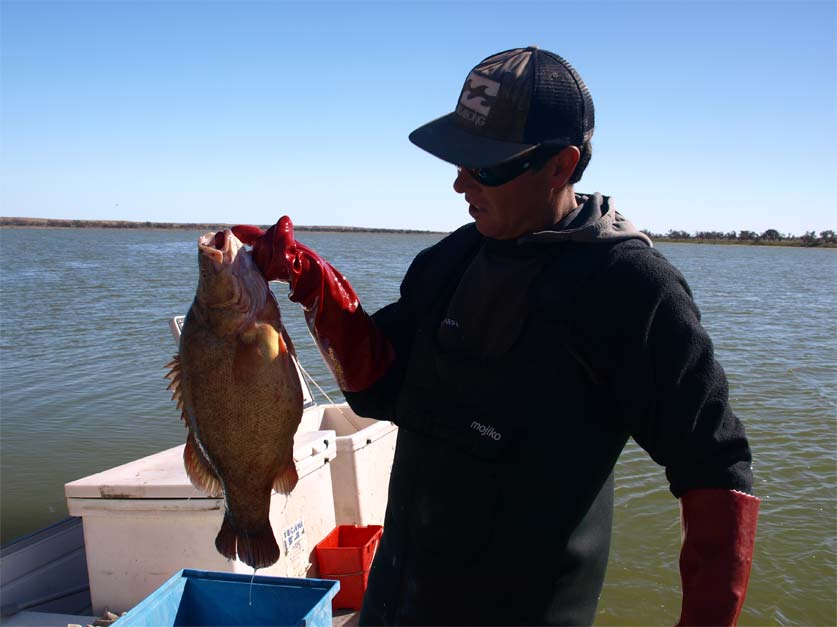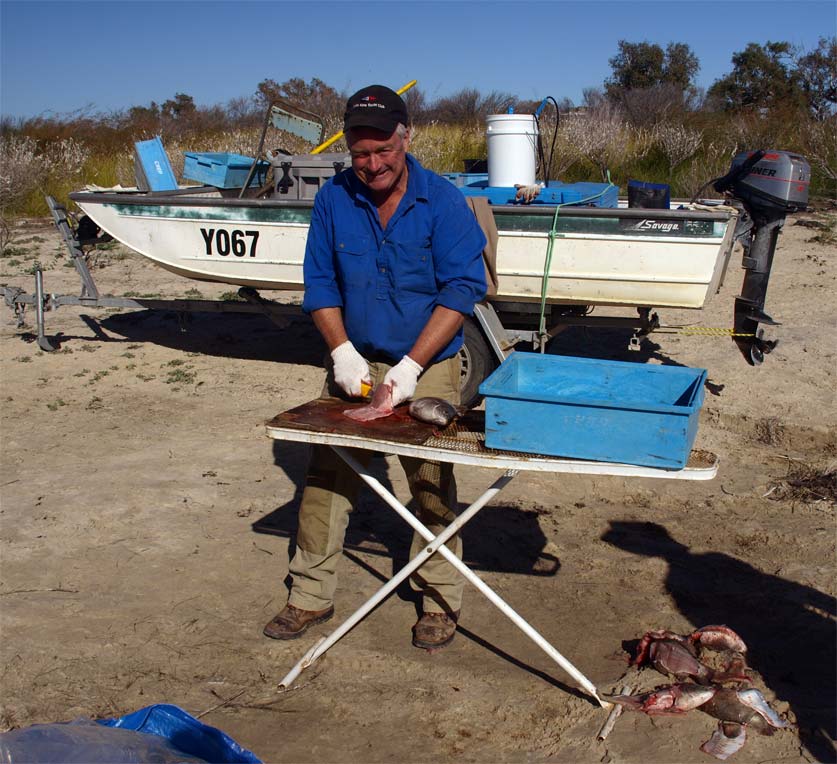It is my first trip for the year, and I’m leading an expedition up into Cooper Country to see the floods that have resulted from continuing rainfall events in Queensland. It is the first time in history the Cooper has been in flood three years in a row. The great river flows and braids across channel country in Queensland and enters South Australia near Innaminka. It was here in 1861 on the banks for the Cooper that the Dig Tree tragedy was played out during the ill fated Burke and Wills expedition. The river continues across the plains of the Strzelecki Desert, flooding out into lakes and backwaters before crossing the Birdsville Track. It then closes back into a distinct channel and flows through the parched sandhills of the Tirari Desert. It only gets this far every 20 years or so, and occasionally, as in the past three years, flows on into Lake Eyre. In order for the river to get to the Birdsville Track it must first back-fill into a couple of huge lakes, Red Lake and Lake Hope.
With a flood not only does the landscape change from dry dusty salt lakes to inland waterways, but the food web is dramatically changed. The water is filled with benthic algae, zooplankton and photoplankton. This is the staple diet for aquatic snails, yabbies, shrimp and fish. And as with all boom and bust cycles, everything starts to breed frenetically. One giant orgy in the desert, and the result is a population explosion. The system begins to teem with large fish, and the most plentiful is one of the gudgeon, the Yellowbelly.
Gary Overton owns Mulka Station, which records the driest rainfall in Australia. The last time the Cooper flooded in 2001 he opened a commercial fishery at Lake Hope, and harvested 140 tonnes of Yellowbelly, which fetches between $7 and $15 a kilo in the Melbourne and Sydney markets. This time he has secured a quota of 360 tonne. Billy Wilson, the ex Birdsville mail contractor is flat chat running ice and fish up and down the Birdsville Track, and out across the sandhills from Etadunna Station to Lake Hope to keep the fishery going. Given my fascination with the strange and unusual, the opportunity to pay the fishery a visit was too good to miss. We spent a night out at Lake Hope. It was Saturday night, and the fishing crew joined us for dinner. I cooked fillets of yellow belly which I lightly dusted in flour and sauteed with ABC Kecap, lemon juice, chilli and garlic. For main course we had rolled shoulder of Pork roasted over coolibah coals in the camp oven. I think everyone was happy, we drank the Queensland rum late into the night. I took the following pictures of the extraordinary and improbable, a fishery in the driest part of the driest continent.
As a footnote, when the lake eventually dries out, millions of dead fish are dried out and form a salty mat on the lake bed. Early anecdotal reports suggest the Dieri people used to use this as a food source.





